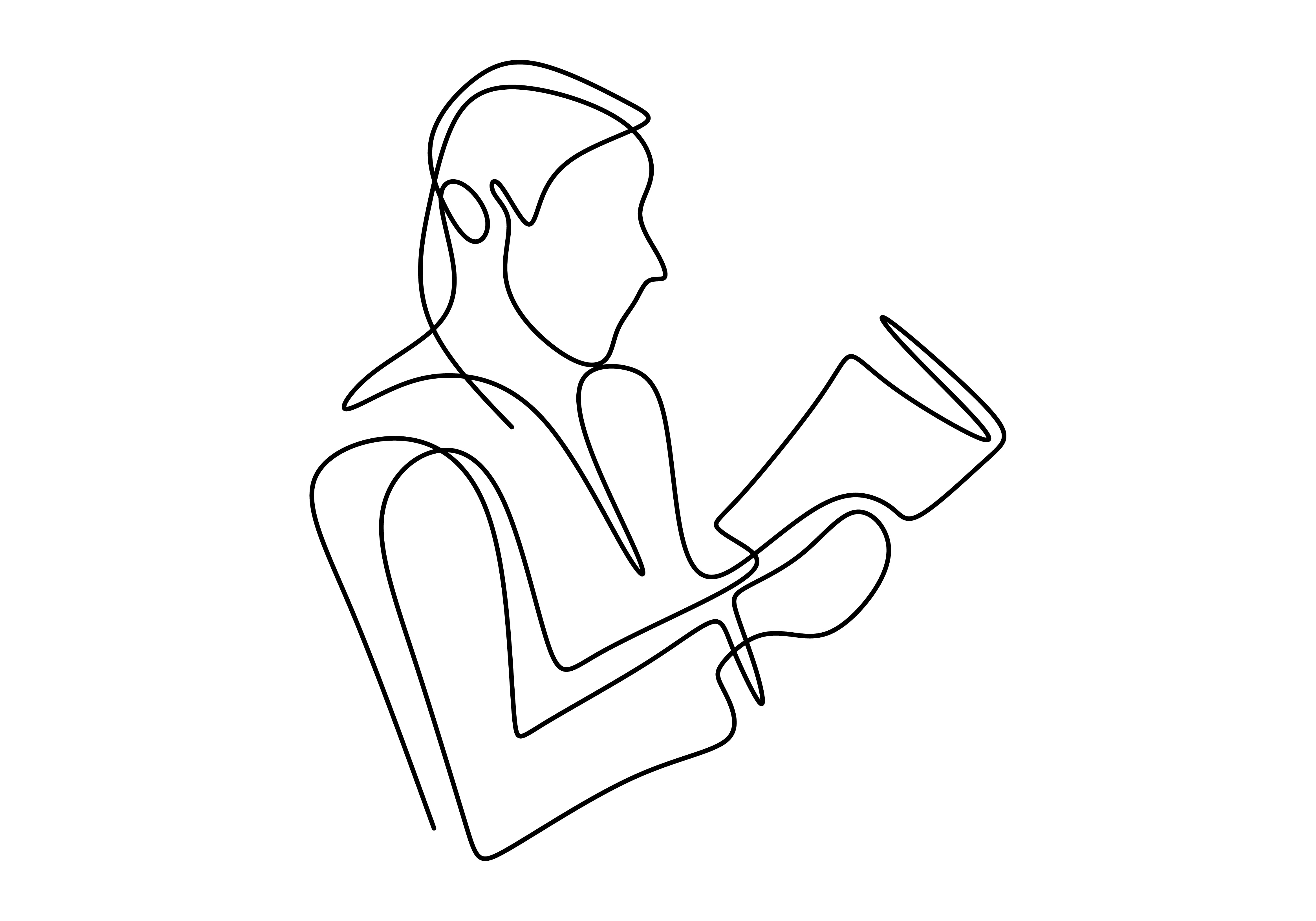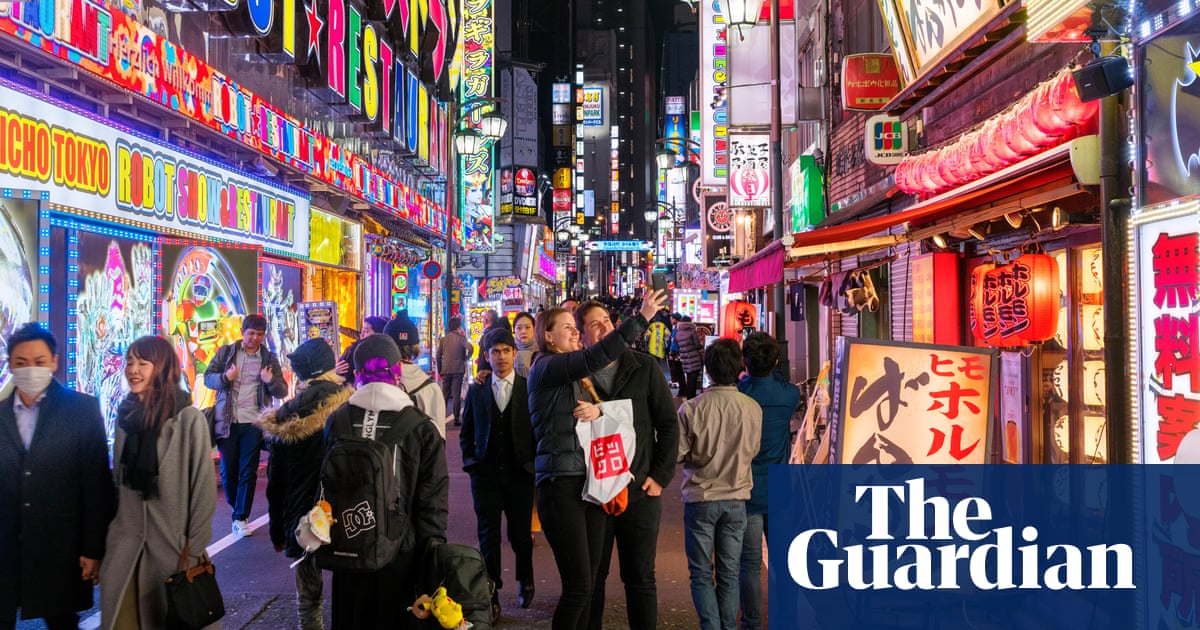The yen is low, and everybody is coming to Tokyo. If that sounds familiar, it’s not because I’m being coy or hedging my bets; it is the only information to be found in most English-language coverage of Japan’s capital in the aftermath of the pandemic. I can’t stop reading these accounts. After nine years in the country, you’d think I would have learned enough Japanese to liberate myself from the Anglo-American internet, but I’m afraid I’m stuck with flimsy stories about the tourist uptick for the time being.
Part of the reason that so much coverage of the city where I live errs on the side of optimism is that Tokyo remains lodged in the postwar American imagination as a place of sophistication and wealth, good taste and cultural authenticity, with a reputation for deferential hospitality. Never mind that this was the calculated effect of bilateral postwar public relations campaigns, a boom in exportable middlebrow culture and fearmongering about Japanese industrial dominance.
Now, 80 years after the American invasion, Tokyo is accessible to anyone with a couple of thousand dollars. Just as, in the popular telling, Mexico City is an oasis for digital nomads, or Yiwu is a modern-day Alexandria – a cosmopolitan shipping hub, attracting dealers in durables and middlemen from the global south – the travel-brochure-as-think piece only comes as a surprise to those who have managed to remain innocent of a century of complete transfiguration. The authors of such pieces suggest, always in the mildest, most consumer-friendly terms, that calling budget tourism down on Tokyo is the last hope for a country burnt to the filter.


